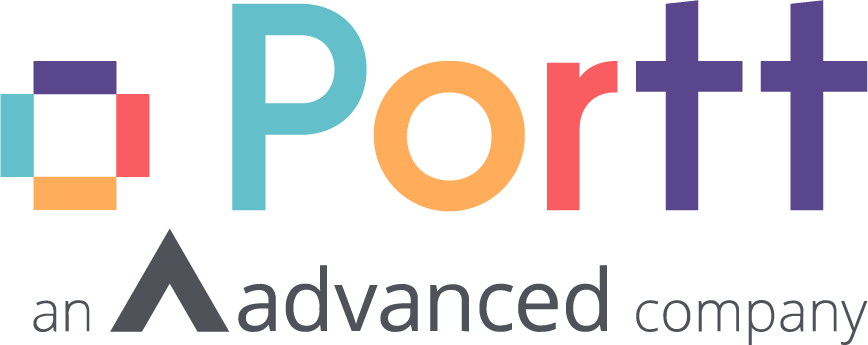Both public and private-sector procurement has been dominated by all-in-one ERP systems for the past 20 years. These systems promise to solve multiple problems at once and although powerful when customised, have built a reputation for being expensive, hosted on-site and rigid in their ability to update or add new features. Thanks in part to the rise of cloud-based applications, all-in-one systems are being challenged like never before by vendors creating targeted, highly specific and feature-rich offerings for each link of the business value chain.
More businesses and organisations choose to link a series of cloud-based solutions, all from disparate providers, instead of one system. Gartner calls it the “postmodern” or “hybrid” ERP system – and the strategy continues to gain momentum in enterprise.
In fact, the longer businesses, public agencies and other groups wait to get on board with this trend, the more ground they will lose to competitors who are able to move quickly, have access to rich, updated data and adjust to new compliance frameworks quicker than ever before.
The postmodern ERP: the ultimate advantage
The traditional benefit of a comprehensive ERP system is the ability to handle multiple tasks in one piece of software. Organisations are able to see every piece of the business process, viewed through a different lens – procurement, finance, etc.
But the rigidity of this system is becoming starker in a cloud-based world; ERP systems are expensive to host and maintain, and their inability to add new features leaves otherwise fast-moving businesses constrained by archaic frameworks.
Resource-rich businesses may be able to create custom features and connectivity within these systems, but creating bespoke features is resource intensive. The future will be dominated by flexibility: those organisations able to respond to market dynamics and access the right data at the right time will hold a competitive advantage.
Yet the advantage is not solely the data itself, as it is within the business processes that surround them. IAB articulates this well:
“Competitive advantage won’t be associated so much with what its users do with data, so much as how they do it. That means organisations aiming to be “data-driven” must continue to focus on building a series of institutional competencies if they are to achieve breakaway velocity relative to their competitors.”
This succinctly describes the benefit of the postmodern ERP. The advantage is not just in the information they provide, but in the business structure that allows each specific area to continually upskill and advance.
With each vendor able to provide the right information, the right insights and the right power at the right time, organisations increase their ability to respond to changing market or regulatory dynamics.
Better yet: creating a chain of modern, flexible systems for each area helps build a “data culture” – one in which deep information is embedded within strategic decision-making. That data-led thinking is crucial to compete in the 21st-century economy.
This isn’t simply a function of productivity. Gartner predicts that in the current state of play, 70% of organisations using a hybrid ERP won’t be improving their cost-benefit outcomes unless those connected systems differ enough in their respective specialities.
The power of flexibility and compliance
The threat of cyber attacks and hacking attempts raises the level of security required at even the smallest organisations. At the same time, the ubiquity of consumer tech standards raises expectations among individual citizens and organisations working with public departments and agencies: they demand and expect the same experience from government as they do private partners.
This places enormous pressure on organisations to scale their IT systems in faster ways that can respond to public pressure – and ever-evolving attacks. This has led to a rapid modernisation of technology among government agencies and organisations – and governments increasingly recognise the advantage of using multiple, disparate systems.
The need for these agencies to adapt to flexible regulatory conditions is exactly why the hybrid ERP system works so well. Instead of having to shift from one system to another, organisations can simply add-on any relevant systems to an existing ERP structure.
That flexibility also allows for a phased approach, wherein the organisation can slowly start adopting cloud-based providers for some instances while still keeping the original ERP system intact.
We’ve already seen this in play. Our cloud-based procurement optimisation platform, Progenitor, is already in place within several AU government organisations. Every time the system is deployed, government agencies use it alongside their existing ERP systems – lowering their compliance risk.
Progenitor, and other cloud solutions, can easily link up with existing software providers and live within a broader ecosystem. Tools like a single-sign on make it easier to switch between each one. This type of approach ensures organisation can operate confidently knowing they can adjust their operating model on the fly.
Configure and connect
The complexity of source-to-contract and contract management systems necessitates at least some level of configurability. SLA, KPI and performance reporting requires a huge amount of transparency, and transaction-based areas like the procure-to-pay space come with a large amount of oversight required.
The benefit of using a hybrid ERP system for these particular areas – amongst others – is that organisations can set strict or lenient parameters based on their own needs.
Again, these systems aren’t an all-or-nothing proposition. Organisations can choose to bolt on specific instances of a technology to complement their existing ERP system, then adding more should the need arise. This enables full productivity and more efficient outcomes without the risk of deploying an entirely new solution.
Move quickly and don’t break things
The business climate of the 21st century is one built on speed. Those able to adapt to new markets and environments quickly will gain significant advantages – a hybrid ERP system allows organisations to adapt to those environments with the comfort and safety of regulatory compliance.
There are changes organisations need to make in order to make the most of this type of system. (Connecting multiple systems needs at least some API knowledge).
This is as much a change management project as it is an IT one – but the benefits are clear. Success today relies more on speed and information than ever before – and the hybrid ERP strategy enables both.



